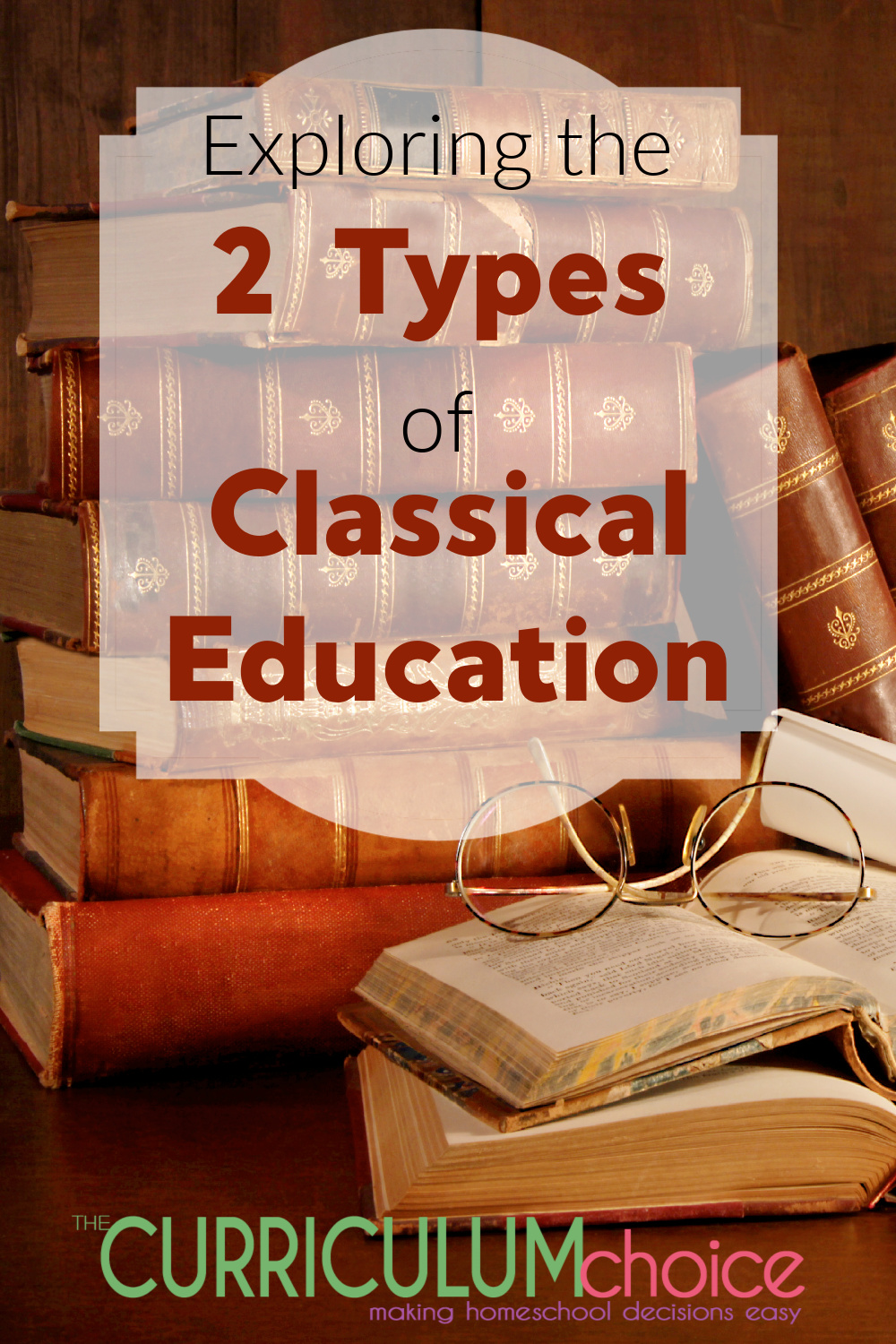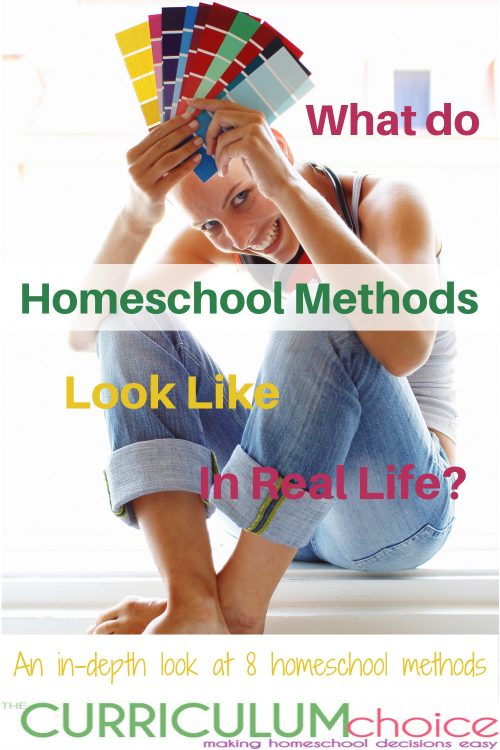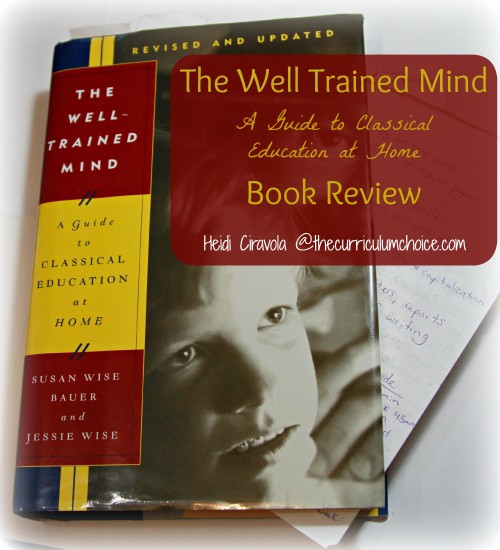It’s that time of year again. No, not spring cleaning. (although I’m working on that too!) It’s the time of year where we’re winding down and I’m evaluating. What did we learn this year? What has worked well? What didn’t work? What do we need to do better next year?

One of the things on my mind a lot lately is classical education. I was introduced to classical education when my oldest was in preschool. My husband and I were both very inspired by the research we did on the 2 types of classical education, and planned to implement the classical model in our homeschool.
2 Types of Classical Education for Homeschoolers
So what is classical education exactly? That is somewhat dependent on whom you ask because there is a tremendous amount of variation among classical educators. However, there are two basic schools of thought in classical education:
- neo-classicists
- traditional classical education
1. Neo-Classicists
On one end of the spectrum are what are sometimes called the neo-classicists. The essay by Dorothy Sayers entitled The Lost Tools of Learning details three stages of learning. These three stages she has called the poll-parrot, the dialectic, and the rhetoric stages. Sayers goes on to suggest that instruction during these stages should match the strengths of the children.
In The Well-Trained Mind, authors Susan Wise Bauer and Jessie Wise expounded on Sayer’s original essay by detailing educational methods that capitalize on these natural stages in students. In this book, these respective stages are re-named as the:
- grammar stage
- logic stage
- rhetoric stage
Grammar Stage
The grammar stage is the first stage and ranges from first through around fifth, sixth, or seventh grades depending on the child. This stage is characterized by the child’s ability to memorize facts and their thirst for knowledge about many different things. The student should not be performing analysis on these facts at this point, but rather acquiring knowledge that will be used as a foundation in further studies.
Logic Stage
The grammar stage is followed by the logic or dialectic stage. This stage typically begins around the middle school years. You can recognize when a student is beginning to enter this stage by the questioning of the student.
The logic stage is when the student begins to constantly ask “Why?”. Students at this stage exhibit the desire and the ability to understand how things are interrelated, and an increased capacity for logical thought. Many students will exhibit some of these aspects of logical thought at an early age, but parents must be careful not to push them out of the grammar stage too soon.
Rhetoric Stage
The third stage is the rhetoric stage. This stage of learning usually coincides with the high school years. This usage of the term rhetoric should not be confused with the common usage of political rhetoric. The rhetoric stage is characterized by the student learning to effectively communicate his own thoughts and ideas. These thoughts and conclusions are drawn from the study of great literature and philosophers of the ages.
These three stages proceed in a logical fashion with each stage building on the other. Students will be able to reason more effectively if they have learned lots of facts and correct useage of grammar in their elementary years (grammar stage). In turn, students will be able to more effectively communicate in the rhetoric phase if they are able to quickly retrieve the correct facts, and then assemble those facts together in a logical manner.
Study of History
The neo-classicists place great value in the study of history, literature, and language.
The Well Trained Mind suggests that history should be taught chronologically in a repeating 4 year rotation.
History is divided into 4 periods represented approximately by:
- Ancient History
- Middle Ages and Reformation
- Colonial Times through Victorian Ages
- Modern (20th Century) History
Ideally these topics would be taught in 1st-4th grades, then repeated in 5th-8th grades, and again in the 9th-12th grades. There are many curriculum providers that have modeled their programs after this design.
Study of a Classical Language
Another key portion of classical education is the study of at least one classical language, usually Latin, although some people add or substitute the study of Greek or Hebrew.
Many classical educators begin Latin instruction very early, in the grammar stage, because that is a good time to memorize all the various declensions, conjugations, and vocabulary required in learning Latin.
There are many benefits to the study of Latin. It greatly increases English vocabulary because so much of English is derived from Latin. Also Latin is a language that requires rigorous thought and thus is good training for the mind. An excellent argument by Cheryl Lowe of Memoria Press that more thoroughly expounds the benefits of Latin study can be found at the Memoria Press website.
2. Traditional Classical Education
A traditional classicist also values the study of history, but the focus is on Western History with a strong emphasis on the Greeks and Romans. The 4-year history rotation is absent from the traditional classical classroom. The use of the terms grammar, logic, and rhetoric do not apply so much to developmental stages to the traditional classical educator, but are titles of disciplines to be studied. The stages are naturally to be followed in any study independent of the age of the student. For example, a student who is in the “logic stage” according to the neo-classical model, but is just beginning to study Latin, must still begin with the grammar stage of learning the Latin language.
Similarities Between the 2 Types of Classical Education
- the study of Latin and/or other classical languages
- the study of logic
- study of the Great Books
The study of Latin and/or other classical languages is the single biggest point in common between the neo-classical and the traditional classical schools of thought. In addition the study of logic is included by both. Another commonality is the study of the Great Books, although there is some disagreement about what is included in the list of Great Books.
Differences Between the 2 Types of Classical Education
The greatest difference between the two models is their focus.
The neo-classicist focuses more on method in education, the traditional classicist’s focus is on content.
What This Means for Our Homeschool
So what have I gleaned from my reflection on the definitions of classical education?
Do I still agree with this philosophy?
How am I doing in implementing these ideas in our home?
After reviewing the principals of classical education and understanding the 2 types of classical education, I must give a resounding “yes”, that it is still the direction I want our homeschool to take. I still lean more strongly toward the neo-classical side of the spectrum. I am particularly enamored with the 4-year history rotation.
How are we doing in practice? On the positive side, we are completing a year of studying the ancients in history. This is the second time through this time period for my oldest child. We will be continuing on in our chronological history study next year. My two older children are studying Latin and Greek which is crucial to a classical education.
The place where I have failed the greatest is in memory work. I have not done a good job implementing memory work in all of our subjects and I have not used sufficient drill in our Latin, Greek, and math courses. Unfortunately, I’m beginning to see some of the consequences of that now. My older son is having problems translating in Latin because he doesn’t know his vocabulary and word endings as well as he should. Both of my older students need work in math computation speed. (I got a huge reminder of that last week when I administered their standardized tests.)
What am I changing for next year? I hope to implement memory work in all our subjects. Also, my oldest is soon entering the logic phase, so he will be adding logic to his studies soon. I want to add more drill for Latin and Greek so that they will better retain what they have learned. In addition, I plan to add more drill in our math program. I think I’d better get to planning!

Originally posted April 2009 and written by Kristen

